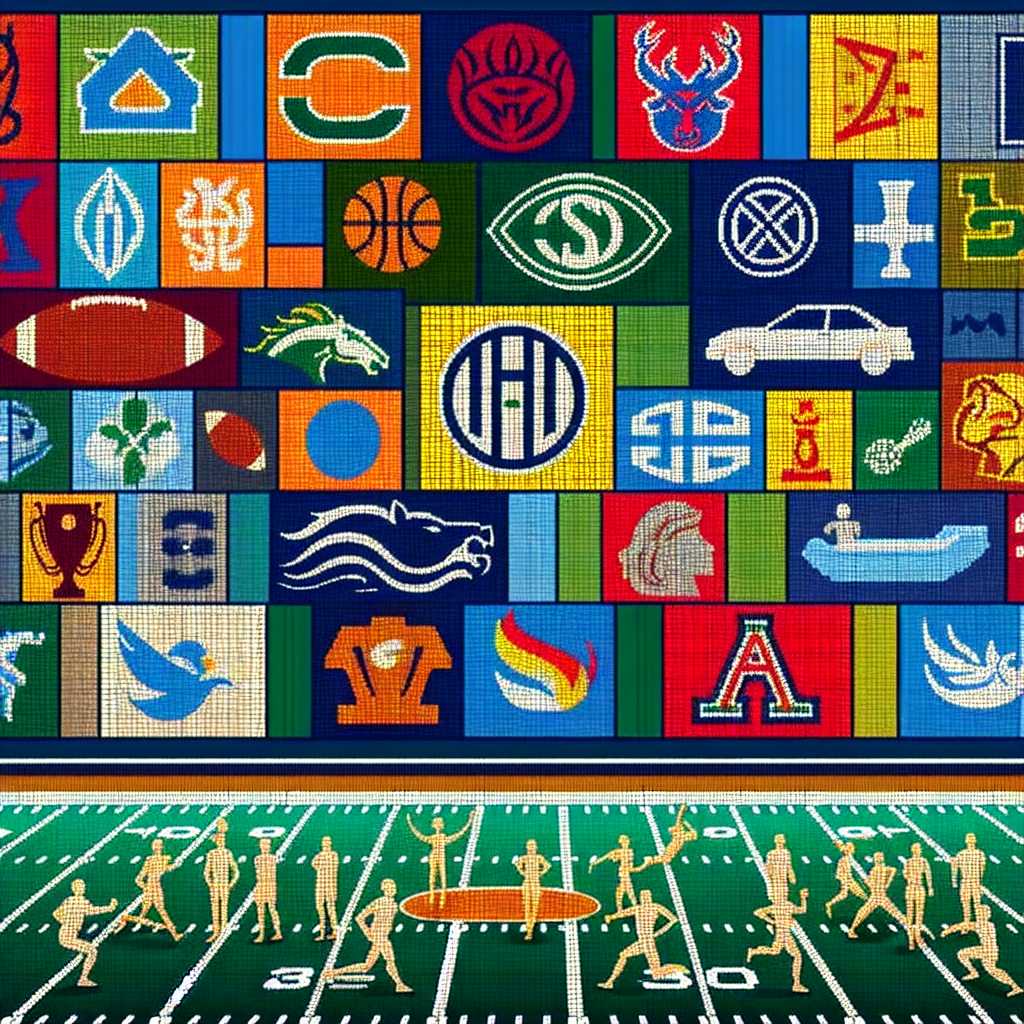History and Evolution of the Pac-12 Conference
The Pac-12 Conference, originating as the Pacific Coast Conference in 1915, stands among the most storied collegiate athletic conferences in the United States. Characterized by its membership of elite academic institutions and renowned athletic programs, the conference has evolved significantly over more than a century of organized college sports competition.
Initially consisting of four schools—University of California, University of Washington, University of Oregon, and Oregon Agricultural College (now Oregon State University)—it expanded and rebranded multiple times throughout its history. In 1959, the now-defunct Athletic Association of Western Universities took the Pacific Coast Conference’s place. It wasn’t until 1978 that it became known as the Pac-8, reflecting member institutions in the Pacific states.
The conference expanded to include the University of Arizona and Arizona State University in 1978, changing its name to Pac-10. Its most recent expansion came in 2011 with the additions of Colorado and Utah, leading to its current title: the Pac-12 Conference. This expansion has allowed the conference to maintain a prestigious position within college athletics, encompassing a broad spectrum of competitive sports programs.
Academic Prestige and Athletic Excellence
The Pac-12 Conference is renowned not only for its athletic prowess but also for its members’ academic achievements. It includes several universities well-known for their rigorous academics and research—such as Stanford University and the University of California, Berkeley—which elevate the status of the conference beyond the realm of sports. This balance between academia and athletics lends the Pac-12 a distinctive reputation where student-athletes are expected to achieve success both on the field and in their studies.
Athletically, the Pac-12 has historically been dominant in several sports, from football and basketball to Olympic sports like swimming and track & field. The conference is colloquially termed “Conference of Champions” due to its members’ successful pursuit of NCAA national championships across a variety of sports. Its broad-based success is not merely coincidental but stems from deep institutional commitments to supporting strong athletic programs.
Financial Operations and Media Contracts
In recent decades, collegiate athletics have seen a meteoric rise in financial stakes, with television contracts and media rights becoming markedly valuable. The Pac-12 Conference leveraged this trend through revenue-sharing agreements among member schools and negotiations for lucrative broadcasting contracts. The creation of the Pac-12 Network in 2012 was central to this strategy, providing a platform dedicated to showcasing Pac-12 teams and events while also generating income for the conference.
However, these big media agreements come with their sets of challenges—as they need constant renegotiation to stay competitive—and require balancing commercial interests with preserving tradition and integrity within collegiate athletics.
Cultural Impact and Rivalries
The culture surrounding Pac-12 sports is rich with traditions and notable rivalries that resonate beyond campuses and into wider regional lore. Iconic rivalries like the Big Game between Stanford and Cal or the Civil War between Oregon and Oregon State galvanize even casual fans. Each game within these established rivalries brings with it years of history and carries substantial pride for both participating teams and their respective alumni, students, and supporters.
Challenges Faced by the Pac-12
Like any major organizational entity, especially within the evolving landscape of college athletics, the Pac-12 has faced its challenges. Member institutions balance academics with big-money athletics—a sometimes perilous act—as they navigate controversies over student-athlete compensation amid increasing commercialization in sports. Additionally, there have been criticisms over visibility and distribution issues with the Pac-12 Network holding back the conference’s reach compared to other Power Five conferences.
Future Outlook for Pac-12
Looking ahead, the conference aims to strengthen its financial standing while maintaining a premier competitive stance across all sports. The universities continue efforts toward fostering better national visibility for Pac-12 athletic events while grappling with broader questions in college sports, such as athlete unionization and federal regulation intervention.
